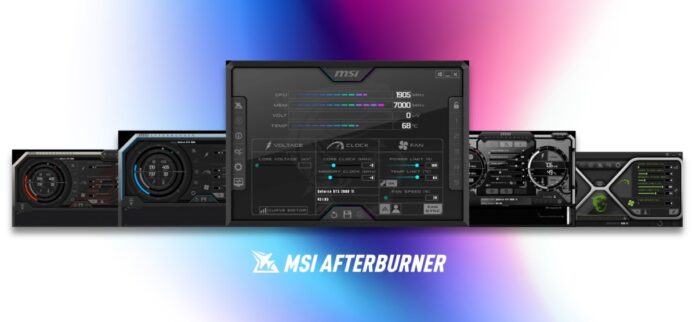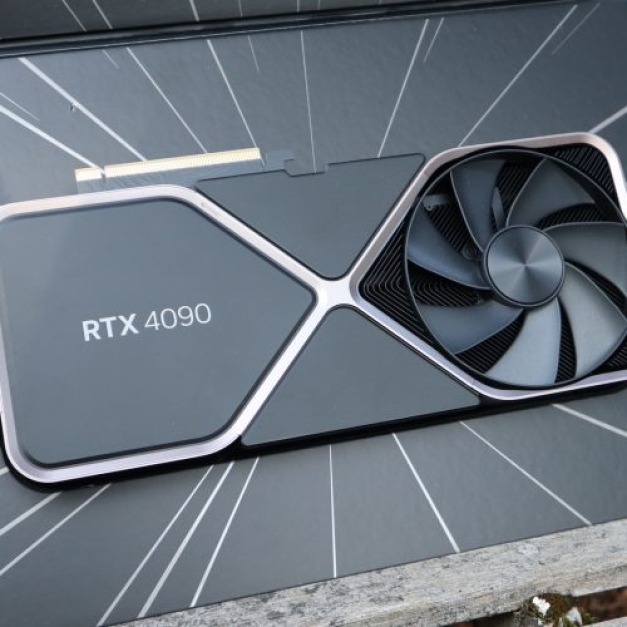Technology
Featured
A Coding Implementation of Accelerating Active Learning Annotation with Adala and...
In this tutorial, we’ll learn how to leverage the framework to build a modular active learning pipeline for medical symptom classification. We begin by installing and verifying Adala alongside required dependencies, then integrate Google Gemini as a custom annotator to categorize symptoms into predefined medical domains. Through a...


![top-five-chinese-ev-startups-li-auto-leads-and-xiaomi-gaining-momentum-19459037.jpg Top Five Chinese EV startups: Li Auto Leads and Xiaomi Gaining Momentum.[19459037]](https://aiobserver.co/wp-content/uploads/2025/01/1261-top-five-chinese-ev-startups-li-auto-leads-and-xiaomi-gaining-momentum-19459037-696x520.jpg)












